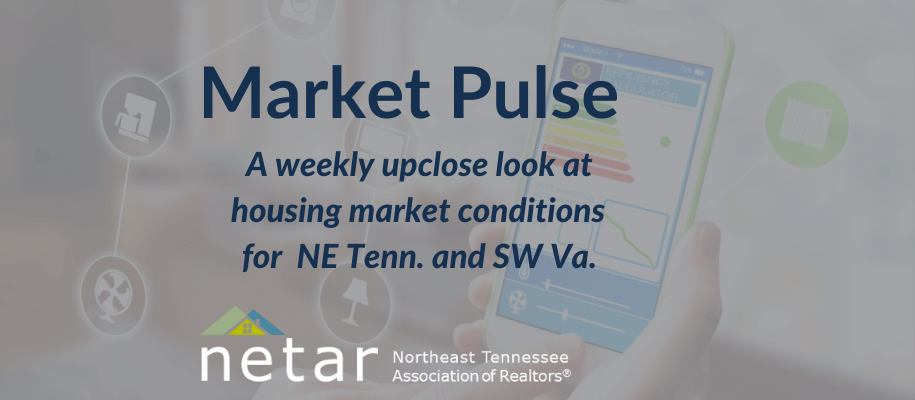Affordable housing isn’t another term for government help
Don Fenley
Despite some common public opinion, affordable housing is not another name for government assistance.

The two primary formulas to gauge affordability are the financial model and the percentage of income spent on housing.
The financial model assumes a 20% down payment, a 28% front-end debt-to-income ratio, and a solid credit score.
The percentage model measures affordability on a benchmark of 30% of and individual’s or family’s income spend on housing. Anything over 30% is considered unaffordable. This is the model the Federal Reserve Bank of Atlanta used for its Homeownership Affordability Tracker.
Currently, the Greeneville Micropolitan District (Greene County) is the only jurisdiction in the NE TN – SW VA market rated as affordability.
The Greeneville average share of income spent on housing is 25.4%.
The tracker lists the current median mortgage payment at $1,310. That includes the mortgage principal and interest, taxes, taxes, insurance, and private mortgage insurance.
Since last year, the median mortgage payment has increased $164 a month.
Here’s how the Johnson City and Kingsport-Bristol metro markets look. Both are rated as unaffordable markets.
JOHNSON CITY
Total annual share of the median income spent on housing 35.5%
Current median mortgage payment. $1,533.
Year-over-year change in mortgage payment – up $458
KINGSPORT-BRISTOL
Total annual share of median income spent on housing – 35%
Current median mortgage payment – $1,524.
Year-over-year change in mortgage payment – $480.
Those affordable ratings were based on a 6.7% mortgage rate. That lags the typical local mortgage rate, according to several loan originators. They say most local mortgages going out the door are 7% or a little above.
The other often misunderstood housing term that is being increasingly mentioned by civic and government officials is workforce house. The formula is a little different. It ranges from 80% to 120% of a community’s median wage.
According to the Urban Land Institute (ULI), Workforce Housing is defined as housing affordable to households earning between 60 and 120 percent of area median income (AMI). Workforce housing targets middle-income workers, which includes professions such as police officers, firefighters, teachers, health care workers, retail clerks, and the like. Households who need workforce housing may not always qualify for housing subsidized by the Low-Income Housing Tax Credit (LIHTC) program or the Housing Choice Vouchers program (formerly known as Section 8), which are two major programs in place for addressing affordable housing needs.
NETAR is the voice for real estate in Northeast Tennessee. It is the largest trade association in the Northeast Tennessee, Southwest Virginia region, representing over 1,800+ members and 100+ business partners involved in all aspects of the residential and commercial real estate industries. Weekly market reports and information for both consumers and members are available on the NETAR website at https://netar.us
